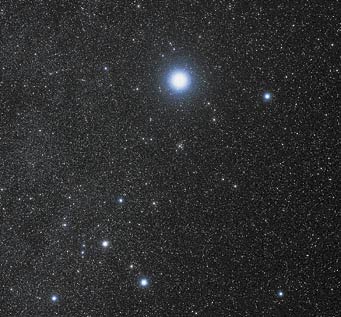
Akira Fujii
Friday, February 24
• Sirius blazes high in the south on the meridian by about 8 or 9 p.m. this week. Using binoculars, examine the spot 4° south of Sirius (directly below it when on the meridian). Four degrees is somewhat less than the width of a typical binocular's field of view. Can you see a dim little patch of speckly gray haze? It shows especially well in the photo here. That's the open star cluster M41, about 2,200 light-years away. Sirius, by comparison, is only 8.6 light-years away.
Saturday, February 25
• Have you ever seen Canopus, the second-brightest star in the sky after Sirius? In one of the many interesting coincidences that devoted skywatchers know about, Canopus lies almost due south of Sirius: by 36°. That's far enough south that it never appears above your horizon unless you're below latitude 37° N (southern Virginia, southern Missouri, central California). And there, you'll need a very flat south horizon. Canopus crosses due south just 21 minutes before Sirius does.
When to look? Canopus is precisely due south when Beta Canis Majoris — Mirzam the Announcer, the star about three finger-widths to the right of Sirius — is at its highest point due south (roughly 8:00 p.m. now, depending on how far east or west you are in your time zone). Look straight down from Mirzam then. Mirzam is the brightest star to the right of Sirius in the photo above.
Sunday, February 26
• Mars and Uranus are in conjunction this evening, 0.6° apart (as seen around the time of nightfall for the Americas). Outdoors, spot Mars to the upper left of Venus blazing in the west. Mars is magnitude 1.3; Uranus is only one-seventieth as bright at magnitude 5.9; you'll need at least binoculars. You'll find Uranus to Mars's left or upper left. They'll both fit in a telescope's low-power field of view. Nothing else that close to Mars is that bright.
• Look east after dark this week for the constellation Leo already climbing up the sky. Its brightest star is Regulus, and the Sickle of Leo extends upper left from there. As the saying goes, Leo announces spring — or at least the approach of spring.
• New Moon (exact at 9:58 a.m. EST). An annular eclipse of the Sun crosses parts of southernmost South America, the South Atlantic, and east-central Africa. Much larger areas of South America and Africa get a partial eclipse. See February 26th’s Annular Solar Eclipse.
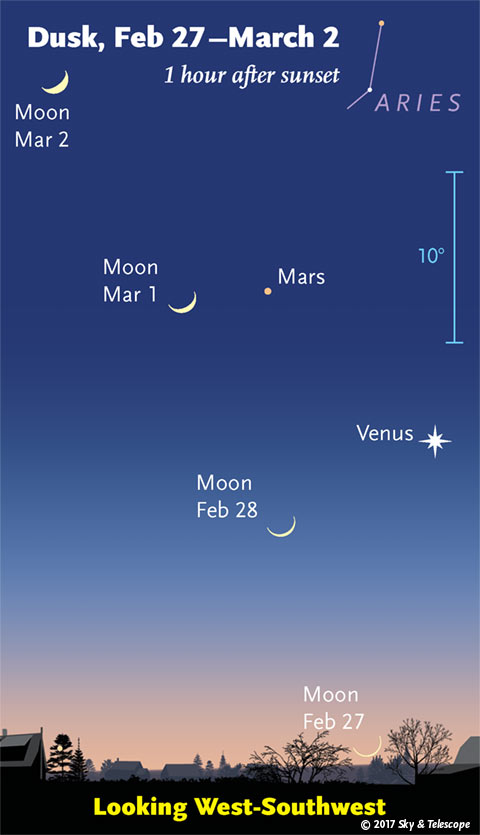
Monday, February 27
• Can you catch the thin crescent Moon far below Venus after sunset, as shown here? The best view may be more like 30 minutes after sunset. The Moon is only about 1½ days old at the time of dusk in the Americas. Binoculars will help find it in a bright sky.
Tuesday, February 28
• Now the thickening Moon in twilight forms a roughly fist-sized triangle with bright Venus and fainter Mars, as shown here.
Wednesday, March 1
• The Moon again hangs in the west at dusk, with Venus now about 15° to its lower right. As twilight deepens, look for Mars appearing about 5° to the Moon's right. After dark, can you still identify 6th-magnitude Uranus, now 2.1° below Mars? Uranus appears distinctly nonstellar at medium power in a telescope.
• Algol is at minimum brightness, magnitude 3.4 instead of its usual 2.1, for a couple hours centered on 6:28 p.m. EST. It takes several more hours to rebrighten. Comparison-star chart, with star magnitudes given to the nearest tenth.
Thursday, March 2
• The Moon, Mars, and Venus form a diagonal line in the west at nightfall.
• This is the time of year when Orion stands straight upright due south as the stars come out. Later in the evening, and later in the month, he begins his long tilt down toward the west.
• Certain deep-sky objects contain secret surprises within or near them. Get out your telescope and sky atlas for a go at Bob King's eight Hidden Gems in Common Deep-Sky Objects now in evening view.
Friday, March 3
• The Moon hangs below Aldebaran, the Hyades, and the Pleiades in the west this evening. But get ready for tomorrow night, when. . . .
Saturday, March 4
• The dark limb of the first-quarter Moon occults (crosses over) orange Aldebaran for viewers in most of the contiguous United States, Mexico, and Central America. We're calling this the best lunar occultation of 2017. See the March Sky & Telescope, page 48. Several fainter Hyades stars will also be occulted.
Get world maps and local predictions for the occultations of Aldebaran and three Hyades stars. (The UT dates are either March 4th or 5th).
In addition, the International Occultation Timing Association has set up a special web page for the Aldebaran graze, with fine-scale Google Maps of the northern graze line from Connecticut across the Great Lakes to Vancouver.
_________________________
Want to become a better astronomer? Learn your way around the constellations! They're the key to locating everything fainter and deeper to hunt with binoculars or a telescope.
This is an outdoor nature hobby. For an easy-to-use constellation guide covering the whole evening sky, use the big monthly map in the center of each issue of Sky & Telescope, the essential guide to astronomy.
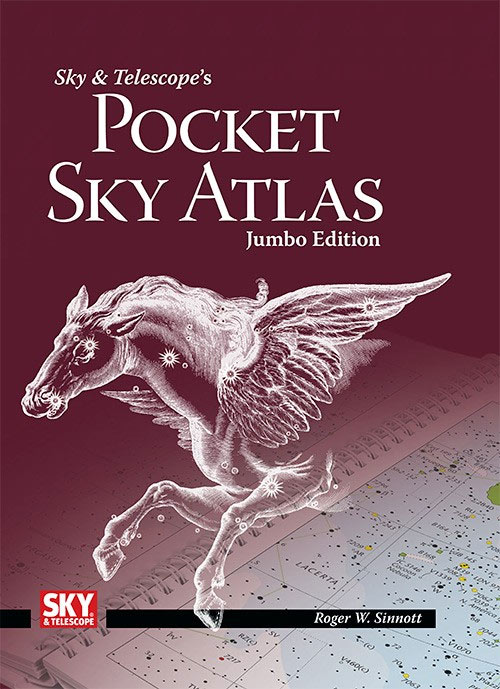
Once you get a telescope, to put it to good use you'll need a detailed, large-scale sky atlas (set of charts). The basic standard is the Pocket Sky Atlas (in either the original or Jumbo Edition), which shows stars to magnitude 7.6.
Next up is the larger and deeper Sky Atlas 2000.0, plotting stars to magnitude 8.5; nearly three times as many. The next up, once you know your way around, is the even larger Uranometria 2000.0 (stars to magnitude 9.75). And read how to use sky charts with a telescope.
You'll also want a good deep-sky guidebook, such as Sue French's Deep-Sky Wonders collection (which includes its own charts), Sky Atlas 2000.0 Companion by Strong and Sinnott, or the bigger Night Sky Observer's Guide by Kepple and Sanner.
Can a computerized telescope replace charts? Not for beginners, I don't think, and not on mounts and tripods that are less than top-quality mechanically (meaning heavy and expensive). And as Terence Dickinson and Alan Dyer say in their Backyard Astronomer's Guide, "A full appreciation of the universe cannot come without developing the skills to find things in the sky and understanding how the sky works. This knowledge comes only by spending time under the stars with star maps in hand."
This Week's Planet Roundup

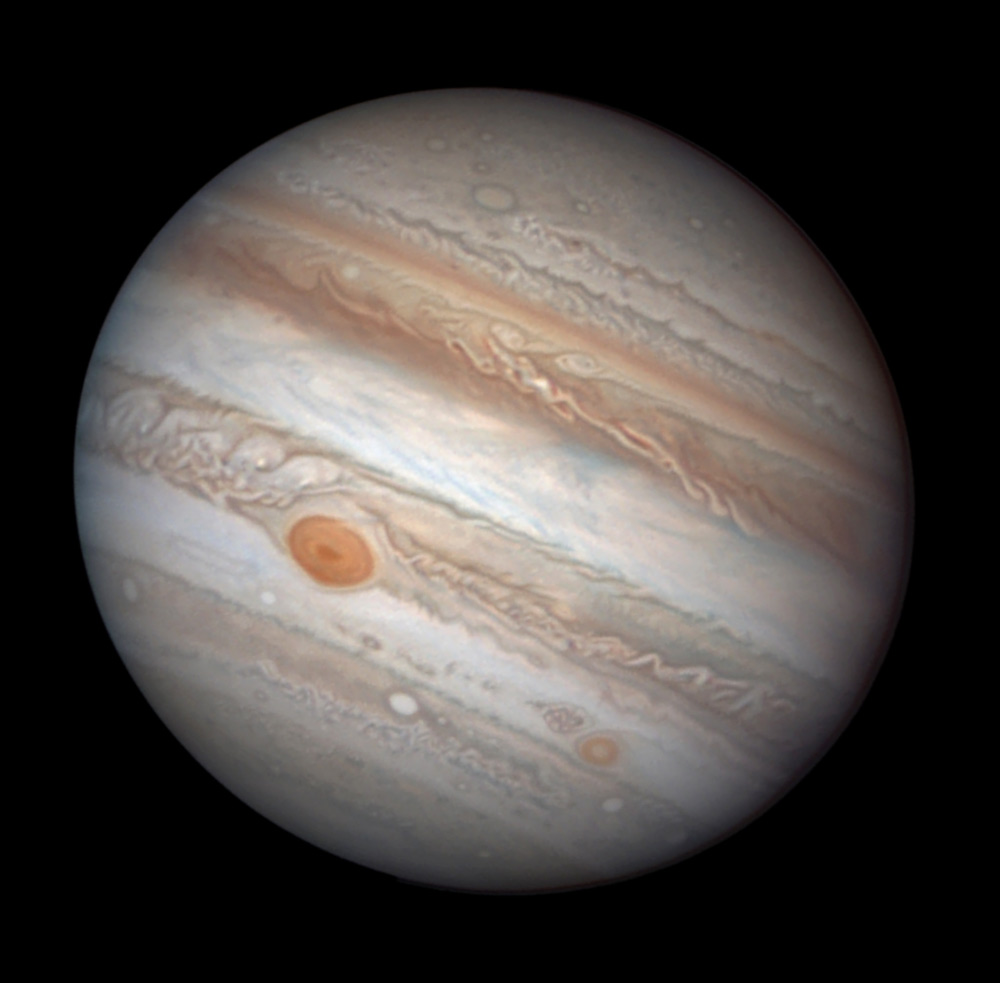
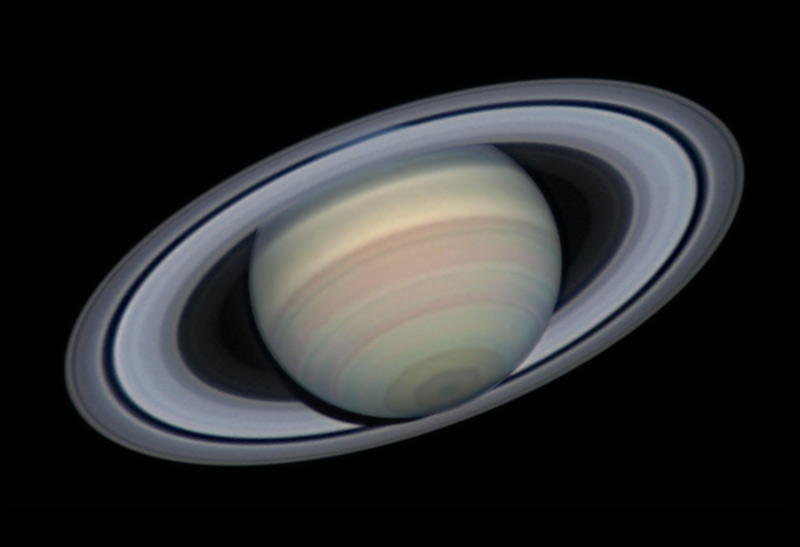
Venus (magnitude –4.7, in Pisces) dazzles in the west during twilight, then lower in the west after dark. It starts dropping rapidly now from week to week; its distance from much-fainter Mars, to its upper left, increases this week from 10° to 14°.
In a telescope Venus is a striking crescent, thinning and enlarging. It's now about 46 arcseconds from cusp to cusp and 18% sunlit. It will continue to sink, expand, and wane in phase until inferior conjunction on March 25th.
Venus in a telescope is least glary, and steadiest and highest, when viewed in bright twilight. So get your scope on it as soon as you can see it naked-eye, even before sunset.
Mars (magnitude +1.3) is the faint "star" upper left of Venus. They widen from 10° to 14° apart this week. In a telescope Mars is just a tiny fuzzblob 4.6 arcseconds across.
Mars is traveling eastward against the stars almost has fast as the seasonal turning of the sky is carries the stars westward above your local landscape (as seen at the same time of night). So, Mars will continue hang in there long after Venus dives through conjunction — all the way into May.
Jupiter (magnitude –2.3, in Virgo) rises around 9 p.m. and is high by 11 or midnight. Spica dangles 4° lower right of it after they rise, more directly below it in the early-morning hours, and lower left of it in early dawn as shown above. Jupiter is creamy white; Spica is an icier shade of white with a trace of blue (once it's fairly high).
In a telescope Jupiter is 42 arcseconds across its equator, nearly the 44 arcseconds it will attain in the weeks around its April 7th opposition.
Saturn (magnitude +0.5, at the Ophiuchus-Sagittarius border) rises in the early morning hours and glows in the southeast before and during dawn. In early dawn, redder Antares (magnitude +1.0) twinkles 18° to Saturn's right.
Uranus (magnitude 5.9, in Pisces) passes Mars this week. The two planets appear closest, 0.6° apart, on the evening of February 26th, as told for that date above. Finder chart showing Uranus among its background stars (without Mars).
Neptune is hidden behind the glare of the Sun.
__________________________
All descriptions that relate to your horizon — including the words up, down, right, and left — are written for the world's mid-northern latitudes. Descriptions that also depend on longitude (mainly Moon positions) are for North America.
Eastern Standard Time (EST) is Universal Time (UT, UTC, or GMT) minus 5 hours.
__________________________
"This adventure is made possible by generations of searchers strictly adhering to a simple set of rules. Test ideas by experiments and observations. Build on those ideas that pass the test. Reject the ones that fail. Follow the evidence wherever it leads, and question everything. Accept these terms, and the cosmos is yours."
— Neil deGrasse Tyson, 2014
"Objective reality exists. Facts are often determinable. Science and reason are no political conspiracy; they are how we discover objective reality. Civilization's survival depends on our ability, and willingness, to do so."
— Alan MacRobert, your Sky at a Glance editor
"Facts are stubborn things."
— John Adams, 1770
Stand against falsehoods, denialism, and suppression of research. March For Science on April 22nd, to “champion publicly funded and publicly communicated science as a pillar of human freedom and prosperity.”
 0
0
Comments
You must be logged in to post a comment.